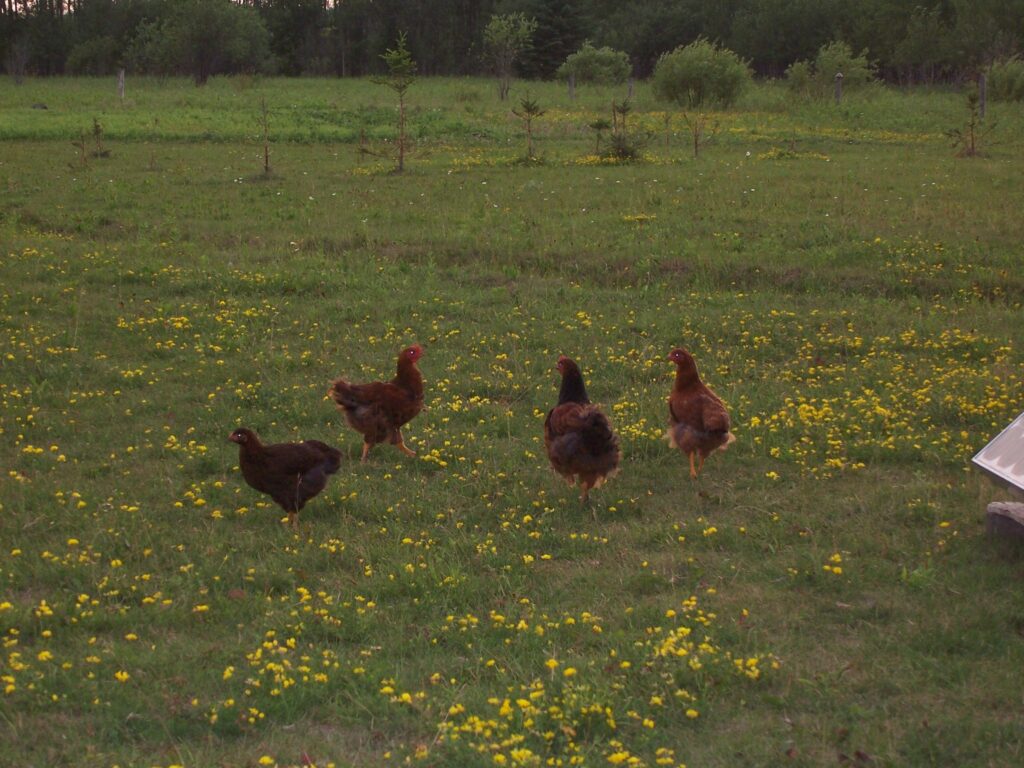Wild Homesteader: A Rustic Approach to Sustainable Living
Welcome to Wild Homesteader, where we embrace a rustic, hands-on approach to living sustainably and in harmony with the land. In today’s fast-paced, technology-driven world, homesteading offers a refreshing return to basics—growing your own food, building self-reliance, and developing practical skills that connect you deeply to nature.

Whether you’re a complete beginner dreaming of your own backyard garden, or a seasoned homesteader looking for more tips and inspiration, this guide will help set the stage for what Wild Homesteader is all about. Through this blog and our YouTube channel, we’ll dive into everything from organic gardening and permaculture to small livestock, off-grid solutions, and DIY homesteading projects—all designed to help you cultivate a life that’s grounded in simplicity, resilience, and respect for the environment.
What is Rustic Homesteading?
At its core, rustic homesteading is about embracing the natural rhythms of the land and working with what you have. It means adapting to your specific climate and landscape, making do with minimal resources, and relying on your own skills and creativity. The goal is not just to “live off the land” but to nurture a relationship with it, cultivating a lifestyle that’s sustainable, balanced, and rooted in gratitude.
The rustic approach also emphasizes traditional, hands-on techniques rather than modern, high-tech solutions. Think less about gadgets and apps, and more about cultivating soil health, improving your local ecosystem, and learning the age-old skills that have sustained humanity for generations.
In short, rustic homesteading is practical, grounded, and accessible for anyone willing to put in the work. If you’re interested in this lifestyle, it doesn’t matter if you have a sprawling rural property or just a small backyard in the suburbs—there are countless ways to get started.
Why Choose a Wild Homesteading Lifestyle?
The modern world can feel overwhelming, with constant news, endless to-do lists, and a relentless push for productivity. Many people are looking for a simpler, slower pace that brings more meaning to their daily lives. Wild homesteading offers a way to reconnect with nature, find joy in self-sufficiency, and cultivate a lifestyle that’s both fulfilling and environmentally friendly.
1. Self-Sufficiency and Resilience
Wild homesteading helps you develop the skills needed to be more self-sufficient. From growing your own food to preserving your harvests and learning to make things by hand, these skills increase your resilience and independence. This is especially valuable during uncertain times, when food shortages, rising costs, and environmental instability can disrupt our access to basic resources.
2. Living in Harmony with Nature
Unlike conventional agriculture, which often focuses on maximizing yields at the expense of the land, wild homesteading encourages a partnership with nature. By understanding natural ecosystems, we can create homesteads that support local wildlife, improve biodiversity, and work with the land instead of against it.
3. Healthier Food and Lifestyle
Growing your own food means you know exactly what’s going into it—no pesticides, no chemicals, and no long supply chains. You get fresh, nutrient-dense food right from your backyard, and the physical work of gardening, building, and caring for animals is good for both body and soul.
4. A Sense of Community and Connection
Homesteading fosters a connection not only with the land but also with like-minded individuals. It’s a movement that values sharing knowledge, swapping seeds, and supporting each other. By choosing this path, you become part of a growing community of people who are committed to sustainable, mindful living.
Core Principles of the Wild Homesteader Approach
1. Start Small, Dream Big
It’s easy to get overwhelmed by the vast possibilities of homesteading. The key is to start small and work with what you have. Maybe you begin with a single raised bed garden, a few backyard chickens, or a composting system. Once you’ve built confidence, you can expand your efforts.
2. Observe and Adapt to Your Environment
Every piece of land has its own unique ecosystem. Observe your local climate, soil, and wildlife before making big changes. This approach, inspired by permaculture principles, helps you avoid costly mistakes and ensures that your homestead works with nature rather than disrupting it.
3. Use What You Have
Homesteading doesn’t need to be expensive. Reuse materials, repurpose old tools, and look for secondhand options. The rustic approach embraces creativity and resourcefulness, showing that you can achieve a lot with very little.
4. Grow, Forage, and Preserve
A big part of homesteading is learning how to provide food throughout the year. We’ll share tips on growing organic vegetables, foraging wild edibles, and preserving harvests through canning, fermenting, and dehydrating. These skills will allow you to eat locally and seasonally, even in the depths of winter.
5. Embrace Simple Living
A wild homestead is more than a set of techniques—it’s a mindset. By prioritizing simple, intentional living, you can focus on what truly matters. This might mean minimizing unnecessary possessions, spending more time outdoors, or finding joy in daily tasks. The rustic approach reminds us that there is beauty in simplicity.
Topics You’ll Find on Wild Homesteader
Each season brings its own set of challenges and opportunities for homesteaders. Our content will follow this natural rhythm, providing relevant tips and inspiration as the year unfolds. Here are some of the key topics we’ll cover on the Wild Homesteader blog and YouTube channel:
Spring
- Preparing soil and planting the first crops
- Starting seeds indoors and managing seedlings
- Building and repairing garden structures
Summer
- Organic pest management techniques
- Harvesting and preserving early crops
- DIY irrigation systems and water conservation
Fall
- Techniques for extending the growing season
- Harvesting and storing root vegetables and winter squash
- Preparing your garden and homestead for winter
Winter
- Planning next year’s garden and setting goals
- Indoor gardening and growing microgreens
- Practical skills: sharpening tools, mending gear, and DIY crafts
A Journey Back to the Basics
Wild homesteading isn’t about isolating yourself from the world—it’s about finding a new way to engage with it. As you develop your homestead, you’ll find a deep sense of satisfaction that comes from knowing you’re able to provide for yourself and live in harmony with the earth. This lifestyle is both rewarding and challenging, requiring hard work and dedication, but the benefits are well worth the effort.
So whether you’re here to learn how to start a backyard garden, raise chickens, build a DIY compost bin, or simply find inspiration for living a simpler life, Wild Homesteader has something for you. Follow along as we explore the wild and wonderful world of homesteading, sharing our successes, failures, and the lessons learned along the way.
Welcome to Wild Homesteader, where we’re building a life rooted in the land—one season at a time.e on this journey. Whether you’re an experienced survivalist or someone curious about the wonders of wilderness building, there’s something for everyone in this exploration of nature’s boundless possibilities. Together, let’s rediscover the art of living harmoniously with the wild.

